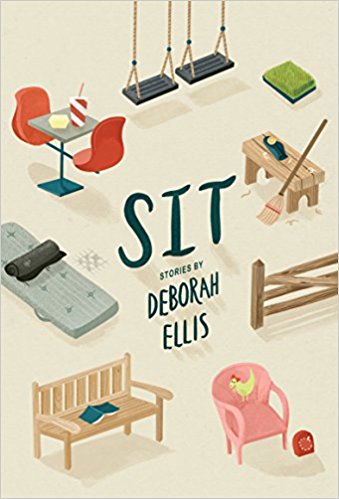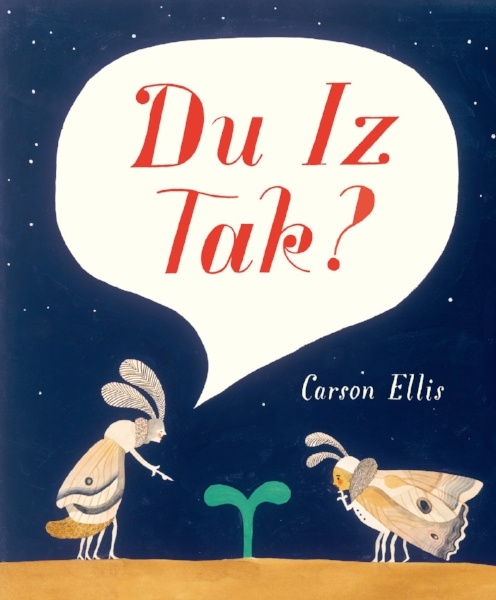The premise of Precious Home by Ji Hyun Lee (illustrated by Jin Hwa Kim; TanTan Publishing, 2017) is that houses might look different around the world--they're built from locally-sourced, usually sustainable materials, and designed to suit the climate and customs of the people who live in them--but each is someone's "precious home." Readers learn a little about five different kinds of houses (six, including the narrator's fairly generic one):
- a house built on wooden poles in Thailand
- a mud house in Togo
- a tent house (ger) in Mongolia
- a log house in Russia
- and an ice house (igloo) in Greenland.
Each house gets two double-page spreads, one for the outside and another for a cutaway of the inside, accompanied by snippets of explanatory text. I love a good cutaway, so I spent a lot of time flipping back and forth between Jin Hwa Kim's lively cartoon and collage illustrations of each house (the Russian log house was my favorite), and comparing them to the photographs of the houses on the back endpapers as well. Precious Home is appropriate for ages 3-7.
Something about the title and the cover design of Precious Home suggested that it was originally published in another language (Dong-hwi Kim holds the copyright for the English edition). It was published in the US by TanTan Publishing in their Knowledge series. Our library holds two more of their 2017 picture books (Kikuchi's Sushi and Grandpa Max's Wurst, possibly part of the Icook series? Will check them out). TanTan also has a well-defined Math Story series, including Math in the Art Museum (2015). They're a relatively new publisher of international children's books that I'm happy to add to my list.




































